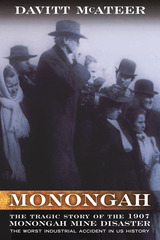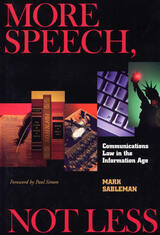J. C. Nichols and the Shaping of Kansas City: Innovation in Planned Residential Communities
University of Missouri Press, 1993
eISBN: 978-0-8262-7309-3 | Paper: 978-0-8262-0926-9
See other books on: Buildings | Innovation | Kansas City | Residential | Shaping
See other titles from University of Missouri Press
eISBN: 978-0-8262-7309-3 | Paper: 978-0-8262-0926-9
ABOUT THIS BOOK | AUTHOR BIOGRAPHY | REVIEWS | TOC | REQUEST ACCESSIBLE FILE
ABOUT THIS BOOK
Born and reared on the outskirts of Kansas City in Olathe, Kansas, Jesse Clyde Nichols (1880-1950) was a creative genius in land development. He grew up witnessing the cycles of development and decline characteristics of Kansas City and other American cities during the late nineteenth and early twentieth centuries. These early memories contributed to his interest in real estate and led him to pursue his goal of neighborhoods in Kansas City, an idea unfamiliar to that city and a rarity across the United States.
J.C. Nichols was one of the first developers in the country to lure buyers with a combination of such attractions as paved streets, sidewalks, landscaped areas, and access to water and sewers. He also initiated restrictive covenants and to control the use of structures built in and around his neighborhoods.
In addition, Nichols was involved in the placement of services such as schools, churches, and recreation and shopping areas, all of which were essential to the success of his developments. In 1923, Nichols and his company developed the Country Club Plaza, the first of many regional shopping centers built in anticipation of the increased use of automobiles. Known throughout the United States, the Plaza is a lasting tribute to the creativity of J.C. Nichols and his legacy to the United States.
With single-mindedness of purpose and unwavering devotion to achievement, J.C. Nichols left an indelible imprint on the Kansas City metropolitan area, and thereby influenced the design and development of major residential and commercial areas throughout the United States as well. Based on extensive research, J.C. Nichols and the Shaping of Kansas City is a valuable study of one of the most influential entrepreneurs in American land development.
See other books on: Buildings | Innovation | Kansas City | Residential | Shaping
See other titles from University of Missouri Press












